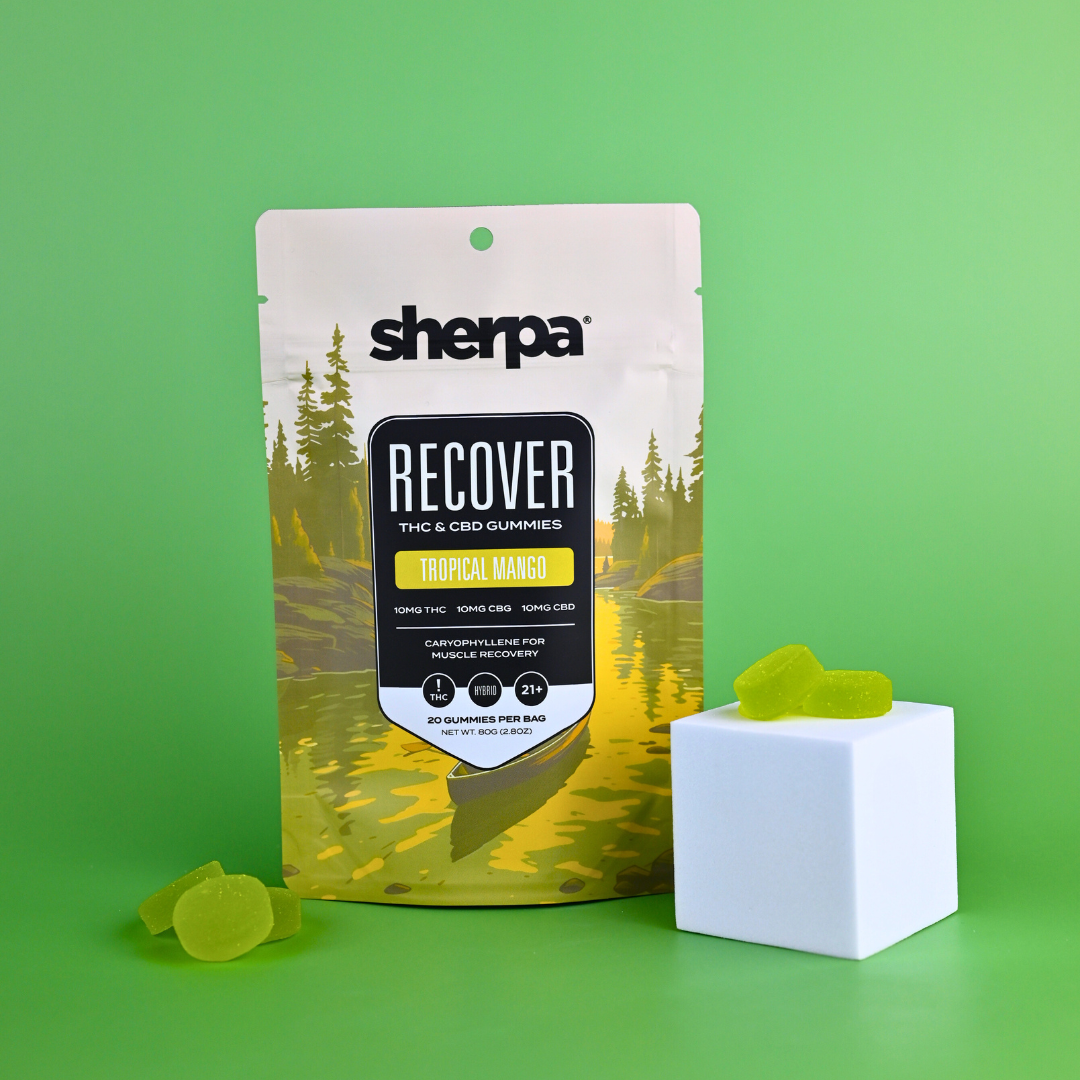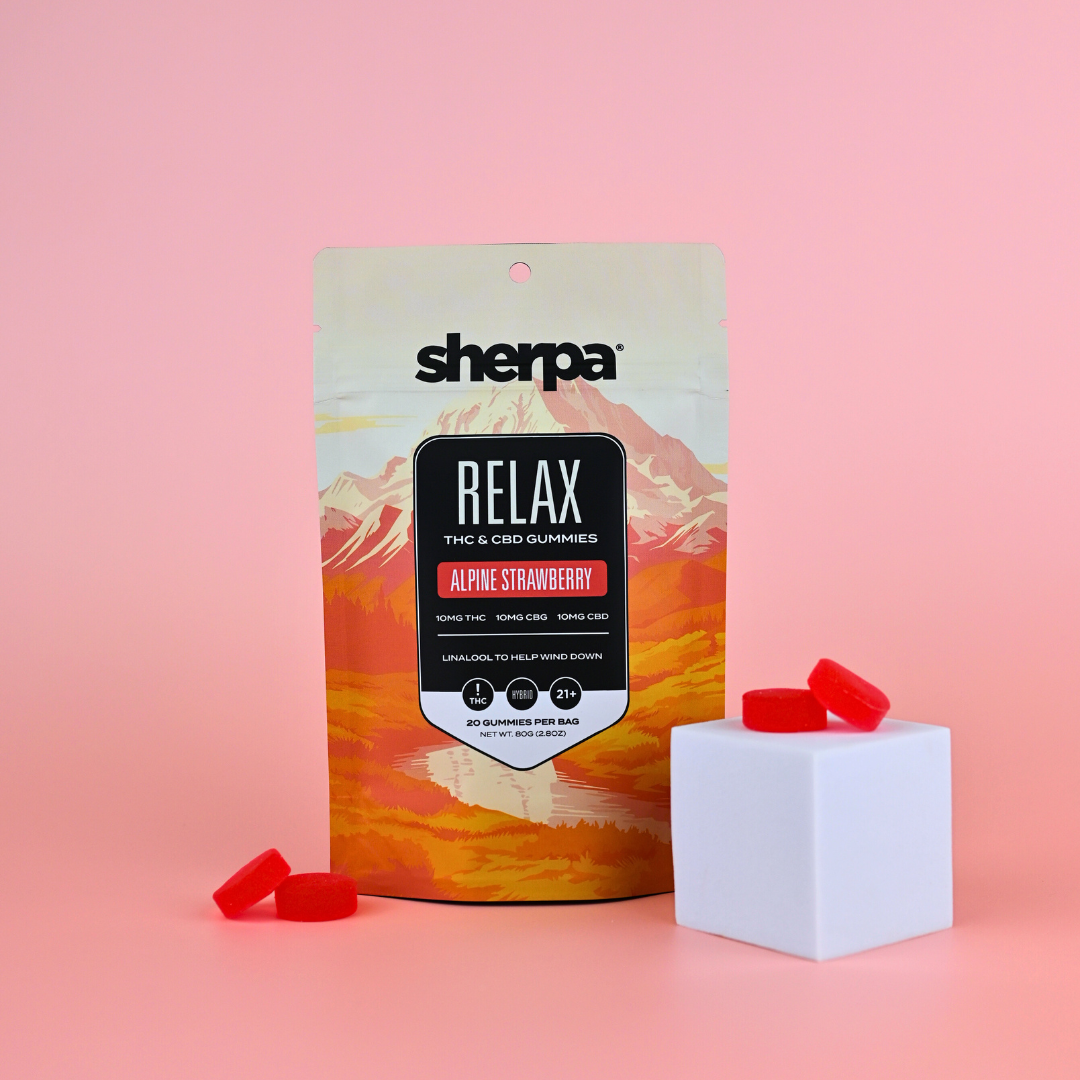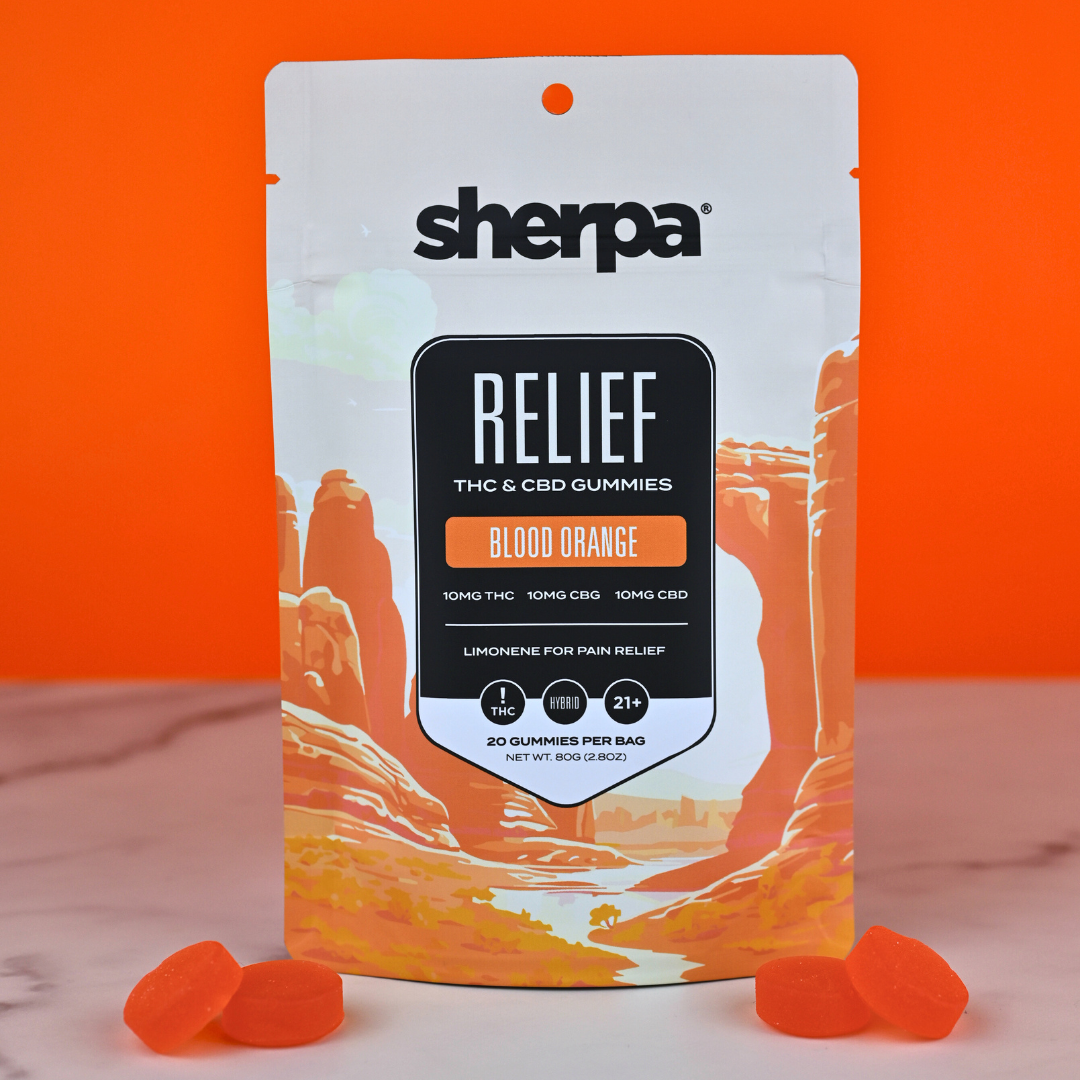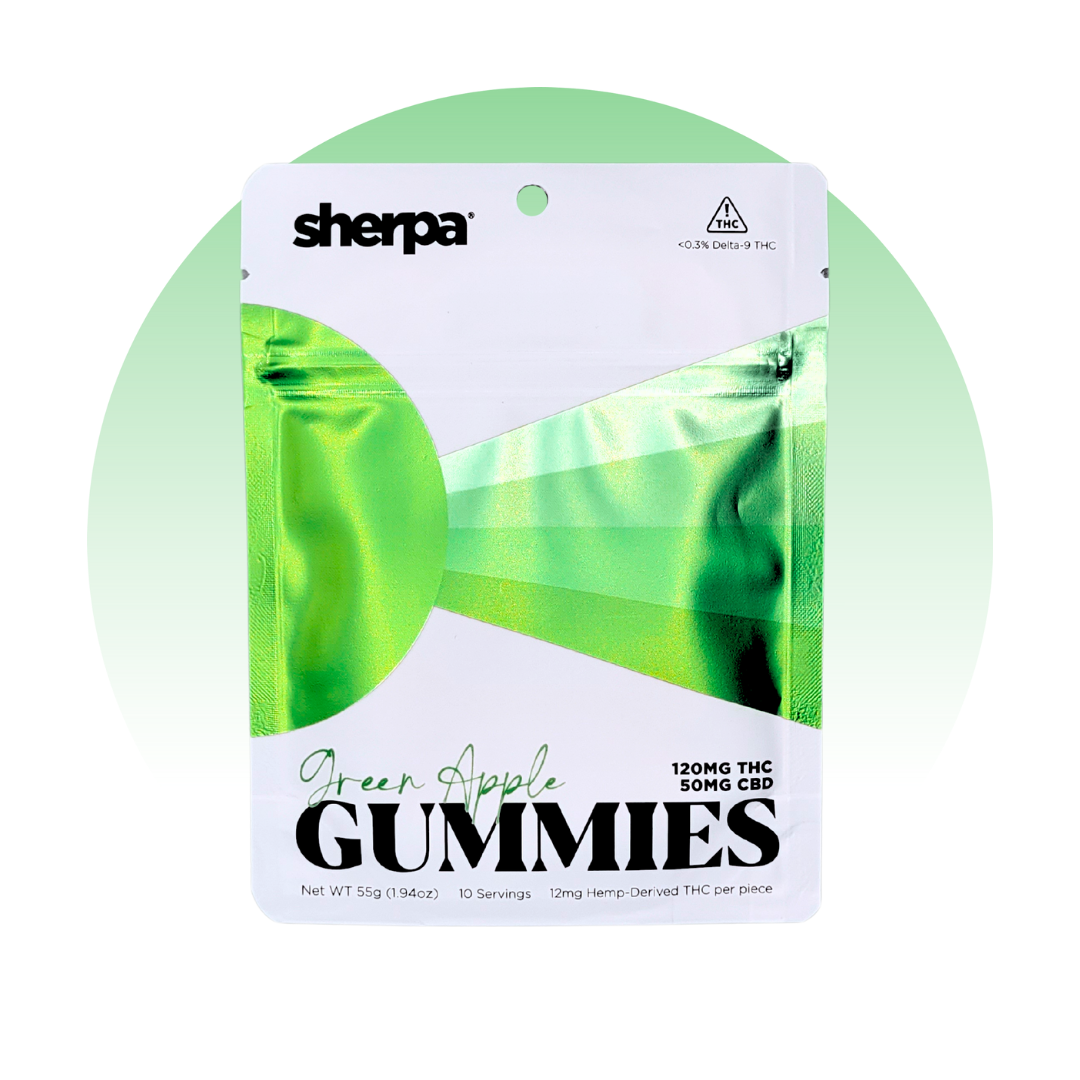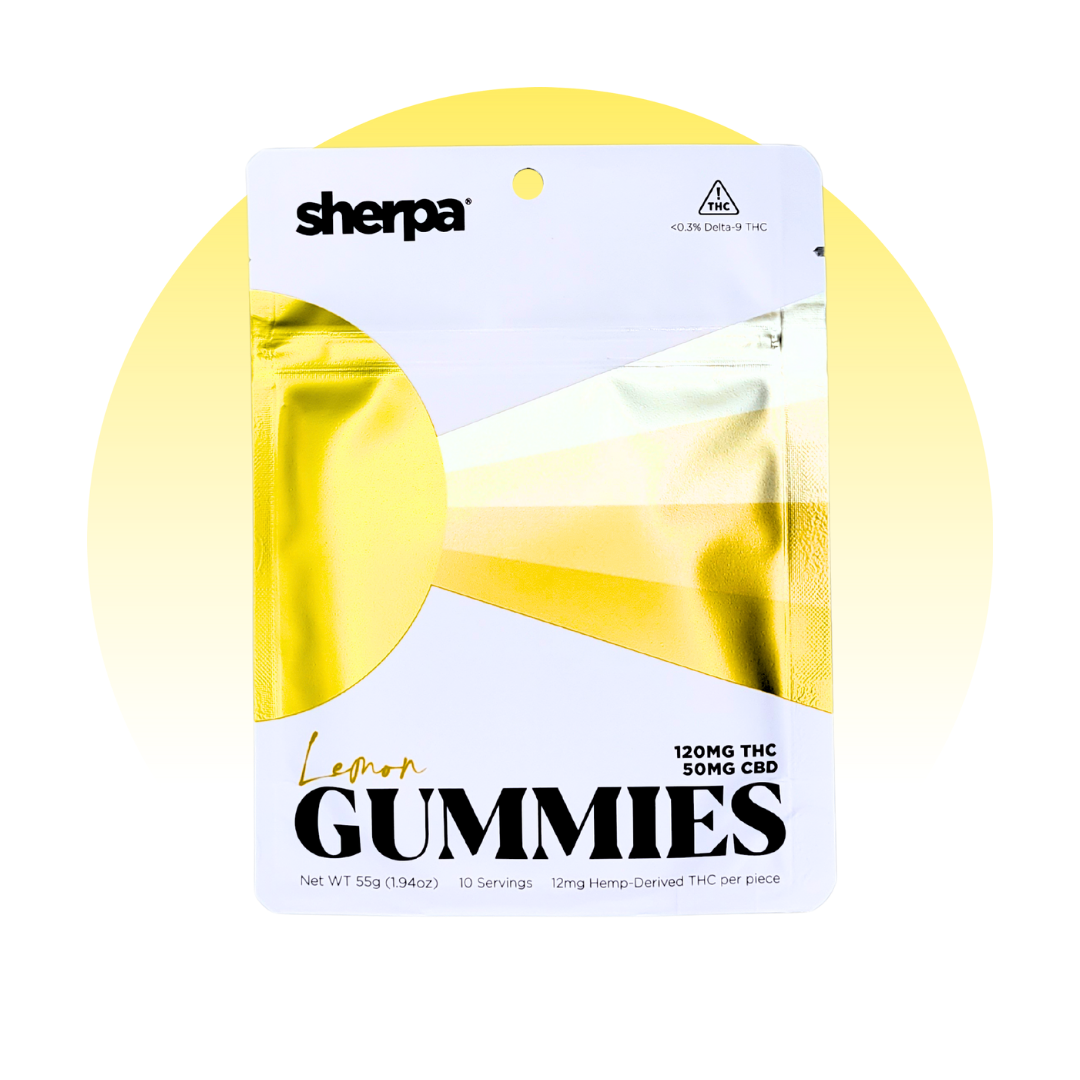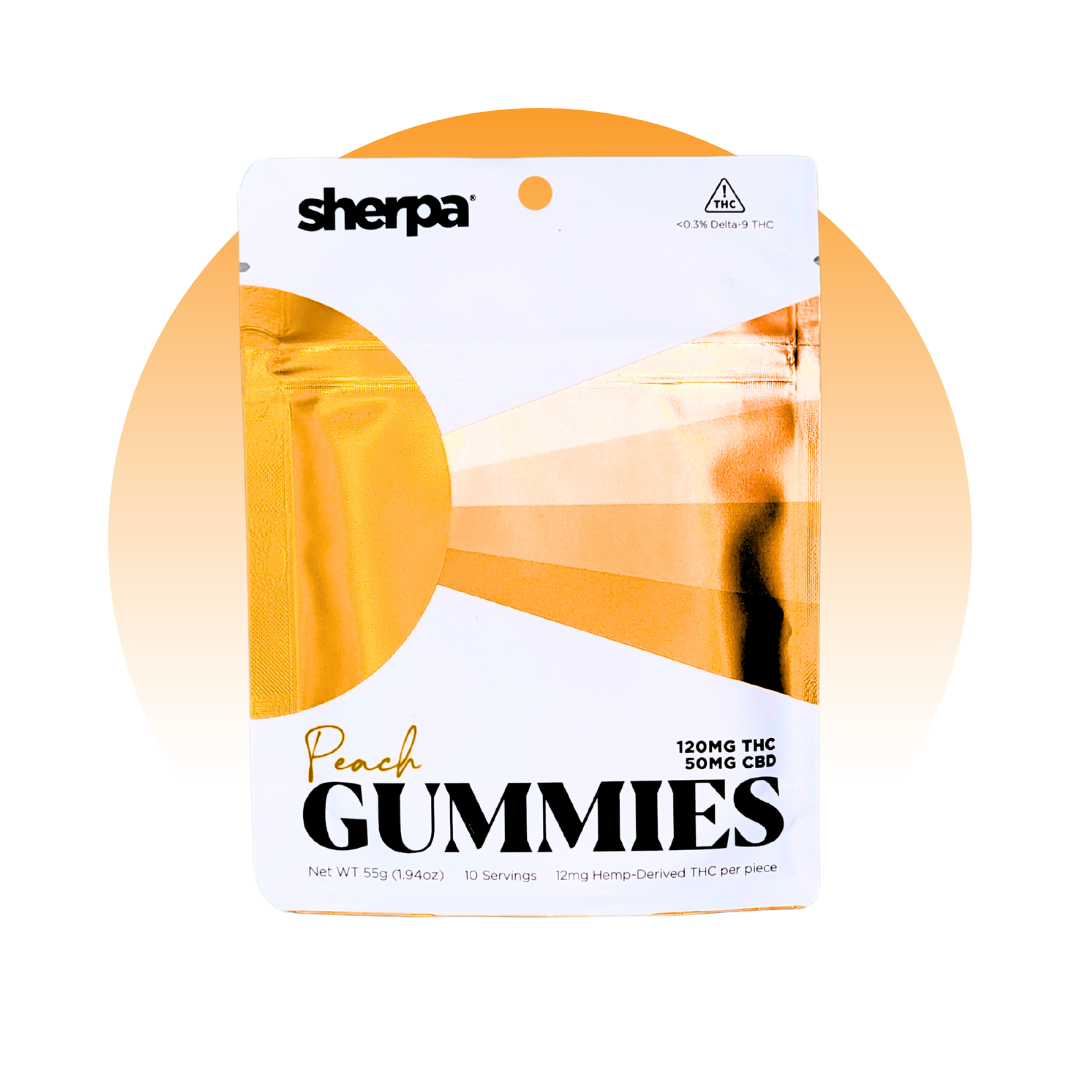Welcome back to part two of our ten-part series, Hemp Beyond Consumption, where we explore the many uses of hemp in our daily lives. From its historical applications to modern innovations, we delve into the diverse roles hemp plays. This week, we focus on bioplastics and how hemp is revolutionizing the industry, from product packaging to household items.

Photo Source:Canva
Plastic's first recorded discovery was in 1907 by Leo Baekeland, who developed a synthetic alternative for electrical insulators. Later in the 1900s, Galalith, the first bioplastic, was created from milk protein for use in buttons, jewelry, and other similar items. Today, it's rare for an average American to go a day without encountering plastics. Plastics are used to make everyday items and have become integrated into products you might not expect, like tea bags.

Photo Source:Azquotes
Environmental awareness and the importance of recycling gained traction in the U.S. between 1980 and 1990. The Resource Conservation and Recovery Act (RCRA) of 1976 laid the groundwork for waste management and recycling in the country. Fast forward a little over a decade, a specific incident marked a pivotal moment in America's outlook on waste management and environmental conservation.

Photo Source: era-environmental.com
The Mobro 4000

Photo Source: Topic Insight
Known as the "world's best-known garbage scow," The Mobro 4000 became infamous as it touched many U.S East Coast borders before being turned away and eventually returning to its original departure point. The tugboat and massive barge, carrying 3,186 tons of garbage, sailed from Islip, a town on Long Island in New York, under the command of Captain Duffy St. Pierre. Tugging slowly through the Atlantic Ocean, it hauled New York waste destined for North Carolina for methane gas processing—a plan spearheaded by Alabama entrepreneur Lowell Harrelson. Harrelson saw a financial opportunity and envisioned a world-changing solution for landfills nearing capacity by generating electricity from the methane gas produced by decomposing trash.
Once the Mobro docked in North Carolina on April Fools' Day in 1987, the barge quickly became a global spectacle. A local television news station reported from the scene, sparking an international uproar.
"They're shipping New York's rats to us,"
some claimed. However, Tommy Gesuale, a key player in the project, recalled in an interview with the New York Times that there were no rats aboard the ship. The tipping point came when a state environmental official spotted a "Bedpan", which raised concerns about potential hospital waste. Around that time, the EPA had just released new rules restricting the dumping of toxic waste in landfills. What was originally planned to be a mere 1,200-mile journey turned into a six-month odyssey. The Mobro was rejected by every state from Florida to Texas, as well as Mexico, the Bahamas, and Belize. Headlines labeled it the
"Infamous Homeless Garbage Barge,"
making it a topic on late-night TV and the butt of many jokes. Reports described it as
“a homeless garbage barge was dripping brown ooze, possibly infectious material.”
prompting threats from government officials and even pursuit by warplanes from multiple nations. With nowhere else to go, the barge anchored off the coast of Key West, Florida, and eventually headed back to New York. There, two court orders blocked the Mobro from unloading, as communities feared harboring the unknown garbage that had been exposed to the sun at sea for so long. The garbage barge soon became the poster child for a growing national problem: landfills were filling up and becoming scarce.
On May 12, a little over a month after the original rejection, a solution appeared. Islip, the same Long Island town that originally rejected the trash, expanded its landfill by nearly a million tons. After the EPA inspected the Mobro and found only a few isolated pieces of medical waste, it was determined that the majority of the garbage was paper, cardboard, and plastic household waste. New York State officials mandated that the load be incinerated in Brooklyn, after which the ashes could be accepted by the Islip landfill. Greenpeace activists hung a huge banner during the incineration process, stretching across the middle of the massive barge, reading:
"Next time … try recycling."

Photo Source:AmusingPlanet.com-Members of the environmental group Greenpeace display banner saying “Next Time…Try Recycling” aboard Mobro garbage barge on Aug. 4, 1987, in Gravesend Bay.
Since then, household recycling rates in America have tripled from the 1980s to 2010. Many credit the Mobro for raising awareness about the fate of trash after it leaves the curb. Garbage historian Benjamin Miller explains that the barge was significant because it carried over 3,000 tons of trash on a 6,000-mile journey. The reliance on smaller landfills, many of which were closed due to new EPA regulations in the 1970s and 80s, led to a decline in the number of landfills from 10,000 to 5,000, and eventually to about 2,500. As a result, and unbeknownst to most at the time, more focus and funding went into developing larger-scale operations. Today, 23,000 tons of garbage leave New York City daily, traveling half a million miles across state lines—equivalent to seven Mobro barges daily, or 2,600 Mobros annually.
Although Harrelson's vision ultimately failed in the late 80s, his idea to turn garbage into energy was ahead of its time. Today, 600 national landfill gas projects produce nearly 15 billion kilowatt-hours of electricity annually, forever changing waste disposal.
(For a fun look at the barge's time at sea, check out this animated reading of Jonah Winter's Here Comes the Garbage Barge!).
Waste management, environmental awareness, and conservation have made significant strides since the RCRA and the Mobro's journey. Incineration and energy recovery efforts have greatly improved, recycling rates and programs have gained popularity—with curbside services in urban areas—and public awareness and education have worked alongside legislation and corporate regulation to keep communities and businesses clean. Companies now aim to reduce their carbon footprint and lead in responsible waste disposal and eco-friendly sourcing and packaging. We recall the "Hemp for Victory" campaign, which mandated specific states' farmers to grow hemp. But where's the mandate or awareness for hemp-based bioplastics? Would you even recognize a hemp-based bioplastic product if you used it?

Photo Source: wikipedia
Learning that a product you've purchased is made with hemp bioplastic can evoke a sense of eco-friendly pride. The aesthetic is typically more earthy, giving off an organic vibe. Beyond appealing to a niche demographic, using hemp bioplastics over traditional petroleum-based plastics offers a range of environmental, economic, and performance benefits.
Photo Source: Sana Packaging
Hemp is a canopy crop that protects the soil from overexposure to the sun, making it a superior, rapidly renewable, and regenerative resource. It requires little to no pesticides or herbicides and uses less water than other crops. Additionally, hemp improves soil health through phytoremediation, absorbing and breaking down harmful pollutants—effectively cleansing the soil. To top it all off, growing one metric ton of hemp can remove approximately 1.5 metric tons of carbon from the atmosphere. According to Cambridge University researcher Darshil Shah, hemp crops capture atmospheric carbon twice as effectively as forests while providing carbon-negative biomaterials. Aside from capturing carbon, the production of hemp bioplastics emits less CO2 than conventional plastics.
"Ok, cool, but what does that mean when it comes to everyday use?"

Photo Sorce: Sensi Seeds
Beyond aesthetics, hemp bioplastics decompose much more quickly than petroleum-based plastics, which can take hundreds of years to break down. Hemp bioplastics are also non-toxic, preventing the leaching of harmful chemicals into the product or environment. Unlike other crops used in bioplastic manufacturing, such as corn, sugarcane, and potato starch, hemp produces allergen-free products, making them suitable for those with sensitivities.

Photo Source: The Hemp Plastic Company
Hemp-based bioplastics are incredibly versatile due to their ability to be formulated for specific needs, such as flexibility, rigidity, or thermal stability. This makes them an excellent material for various applications, including packaging, automotive parts, and consumer goods like phone cases, cups, water bottles, sunglasses, and even children's toys.
Unfortunately, due to the stigma surrounding cannabis, the widespread adoption of bioplastics—especially hemp-based ones—has been slow. However, with more research, development, and support for companies already offering hemp-based bioplastic options, we can hope to see the cost of manufacturing decrease, infrastructure expand, and a gradual transition to hemp-based bioplastics. This shift could help us avoid another garbage barge incident.

Photo Source: National Hemp Association
So, the next time you purchase a product containing plastic, check the label and product information—you might have bought a hemp bioplastic product without even realizing it!









